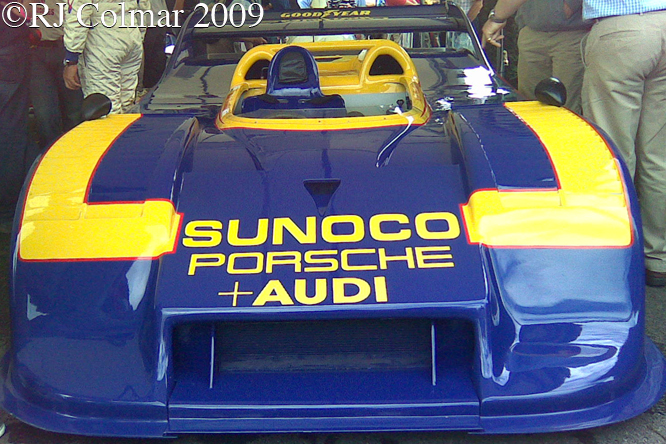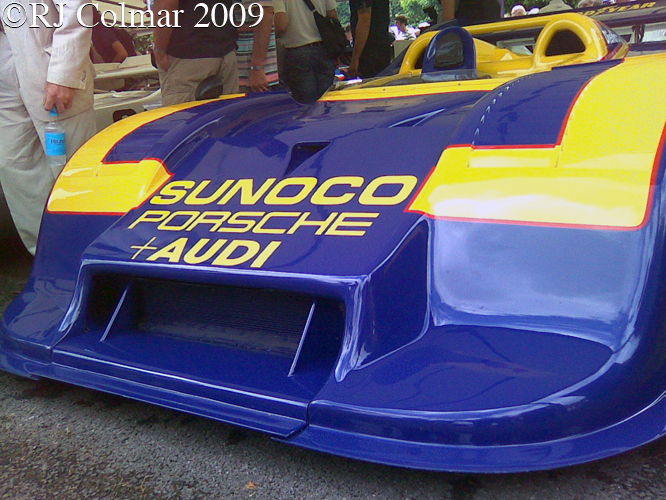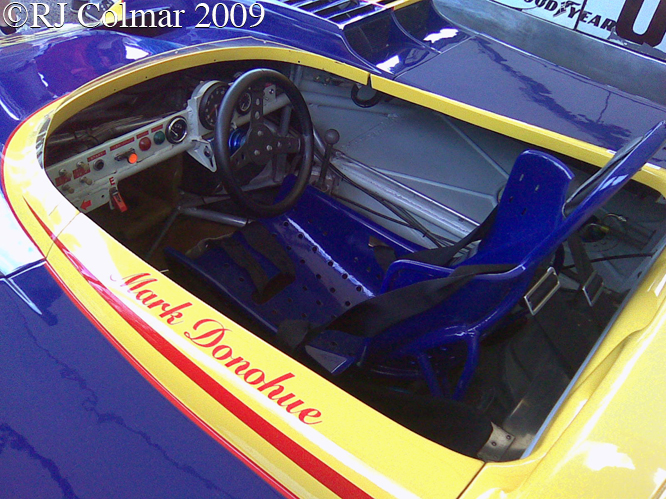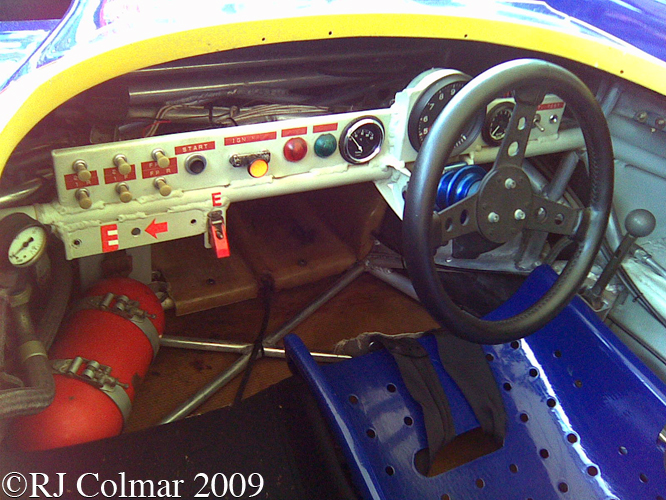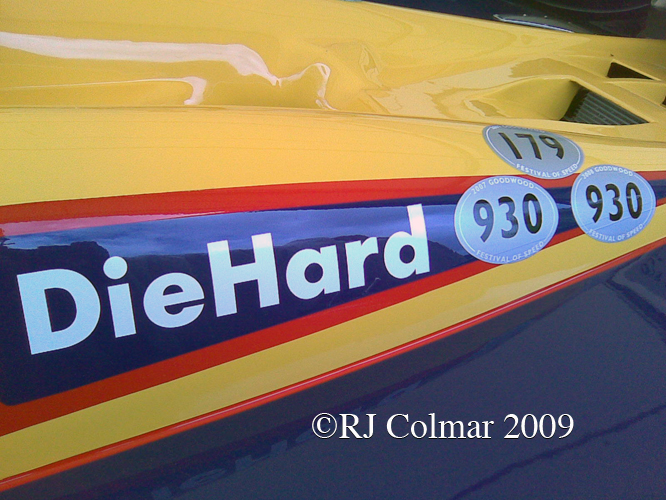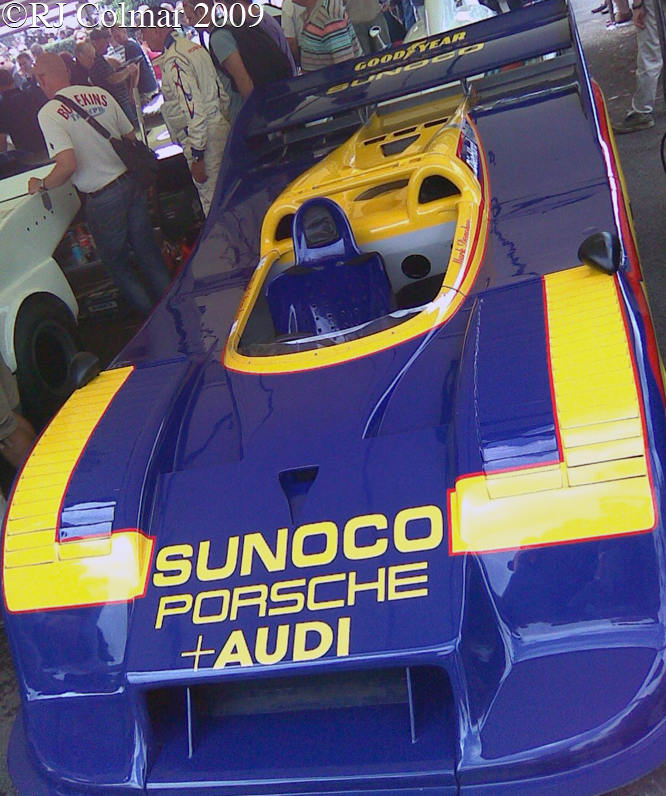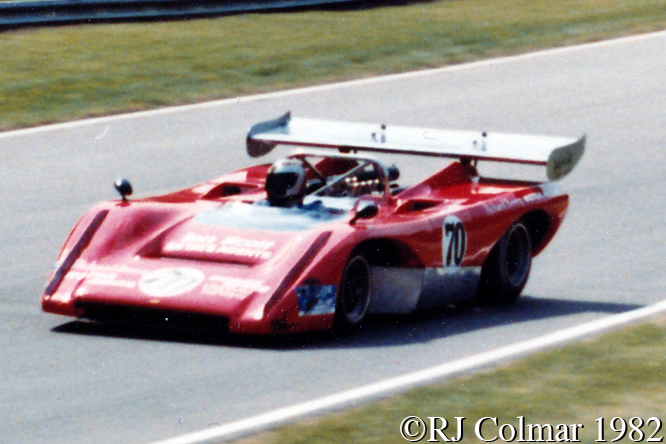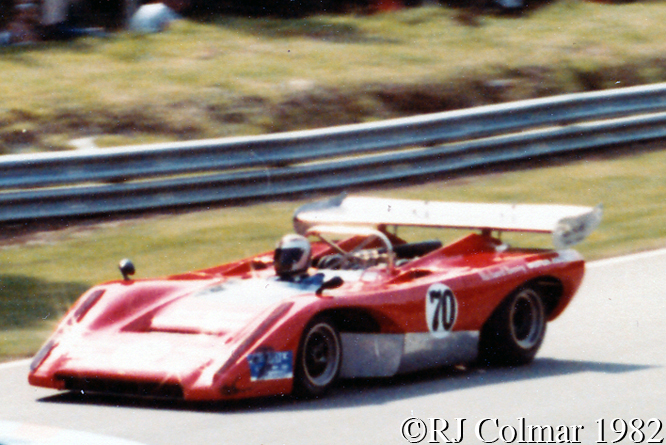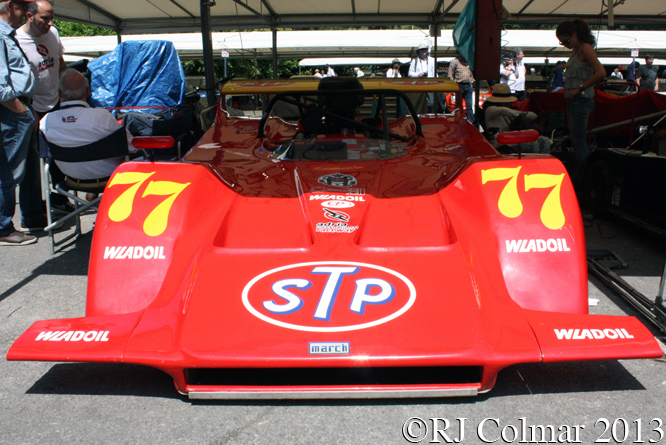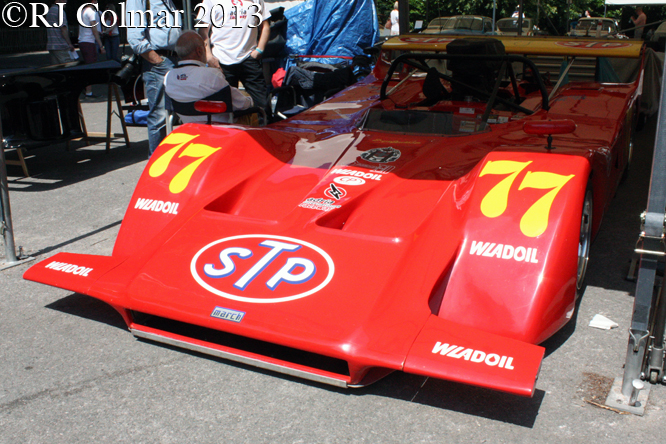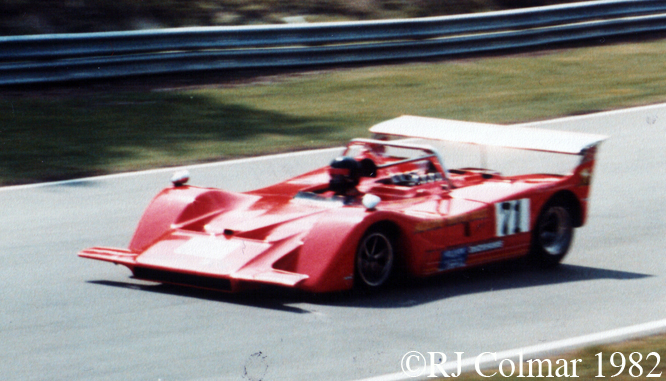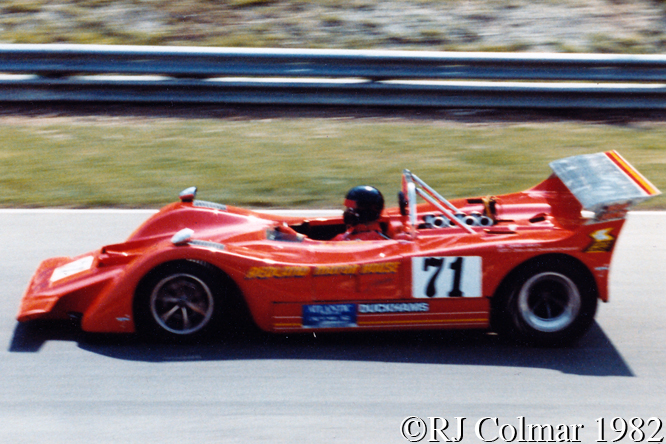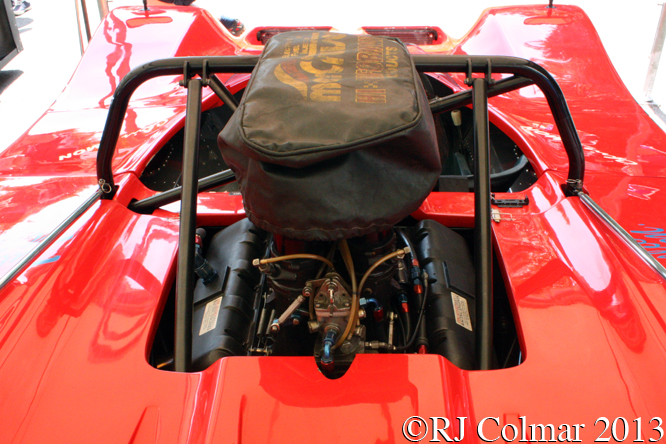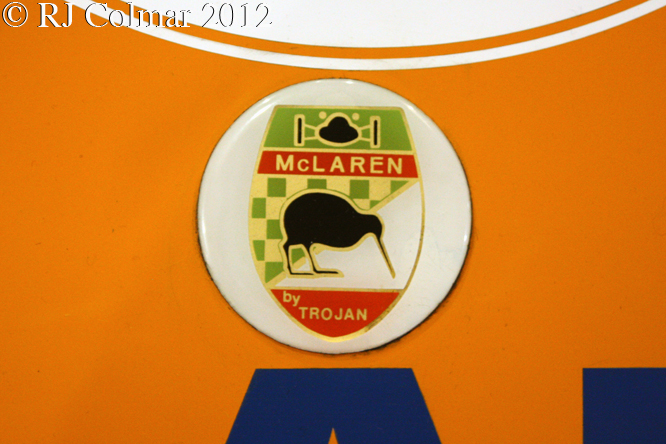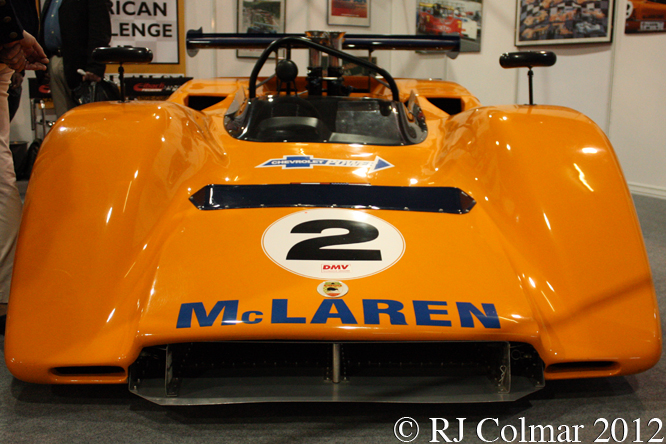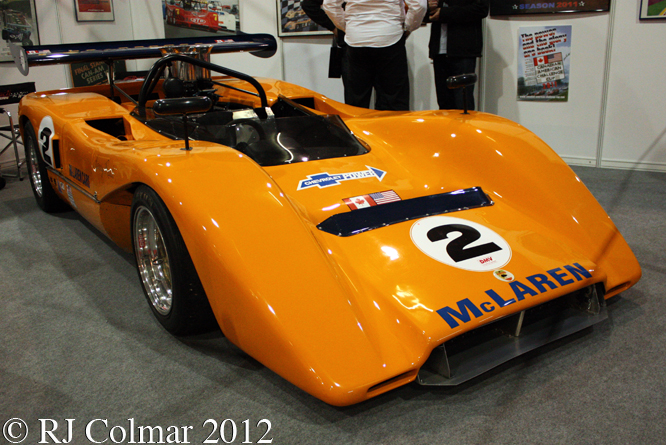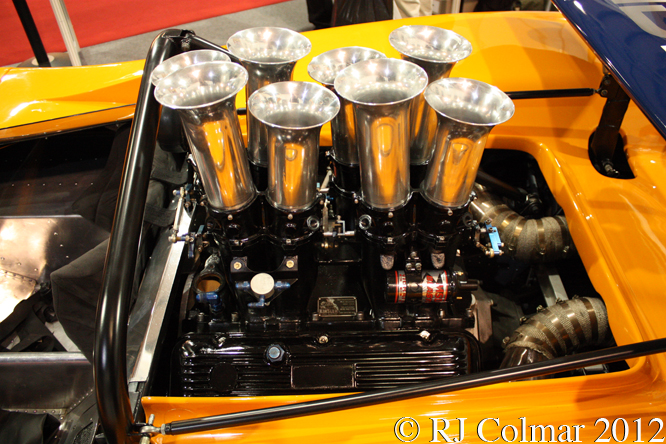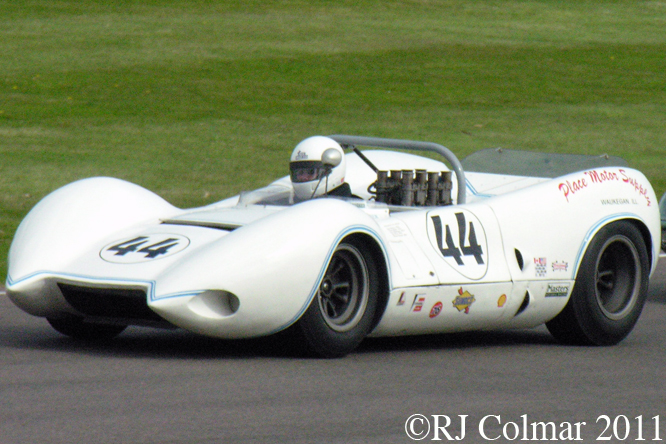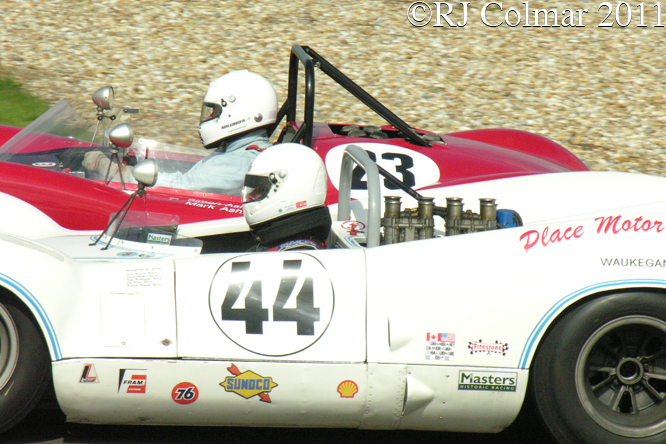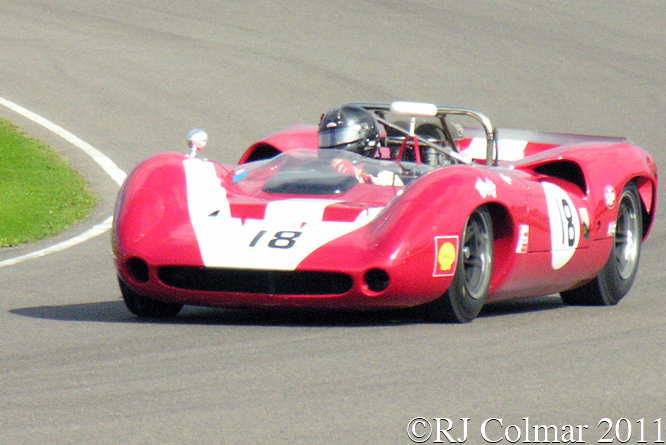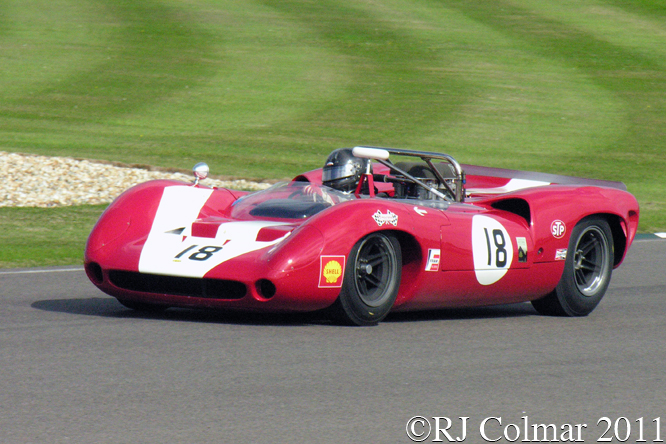It’s not everyday that I get to write a feature about a single 15 min race, but last Sunday 500cc Formula 3 cars returned to their spiritual home to compete in a race solely for the 500cc Formula 3 cars for the first time in 59 years.
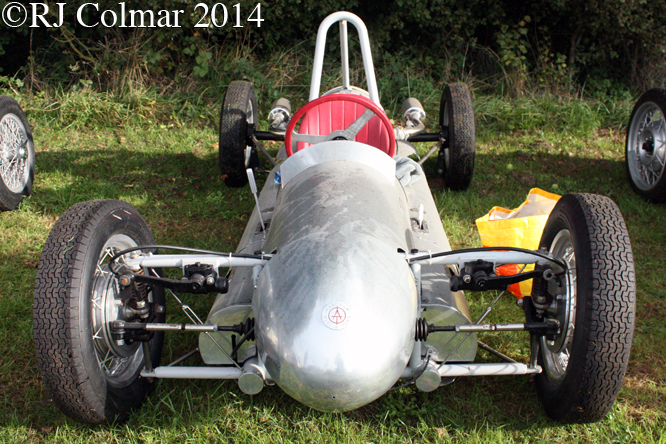
Not all of the cars that turned up were competing, among the static displays with the 500 Owners Association was this Iota Milli Union, considered to be one of the oldest 500cc Formula 3 cars built to the original Iota plans advanced by Dick Caesar.
This particular car was originally built by Bristol Telephone Engineer and motorcycle racer GH Millington in 1946/7. This combination took part in the first closed event at Castle Combe run in July 1950 where Gerry Millington finished second in the first race for the newly internationally recognised formula to be run at the circuit.
Currently the car is in need of a new £600 magneto which the present owner can ill afford at the moment.
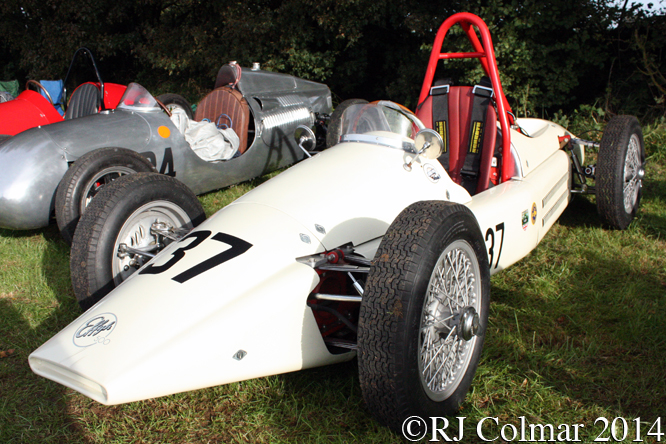
The Efflyh above is thought to be one of 10 500cc F3 cars built in Sweden, I believe this particular car built in 1950 found it’s way to Senator T. Newell Wood who drove it on his 960-acre Brynfan Tyddyn estate in Pennsylvania. In 1956 this car is thought to have been fitted with a Norton engine, Cooper suspension and the straight edged bodywork seen here.
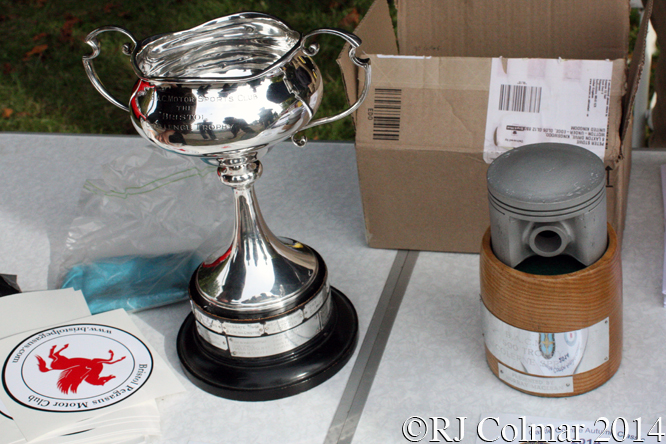
The prize for competitors in the 500cc Formula 3 race was the Bristol Aeroplane Company Motor Sports Club’s Challenge Trophy which was commissioned by the same club that is generally regarded as being the home of the 500cc Formula 3, since many of those instrumental in devising it were employees of the Bristol Aeroplane Company during the ’39-’45 war.
The original BAC MSC was reformed as the 500 Club in 1946 an organisation that later morphed into the British Racing and Sports Car Club. Bristol Aeroplane Company revived the BAC MSC as the Bristol Pegasus Motor Club in 1955.
I am afraid my attempt at lashing my video camera to the spectator fence for the start of the BAC MSC Challenge Trophy race was less than successful, but in this clip you get a feel for the sound these cars make en masse, turn up the volume to off the dial !
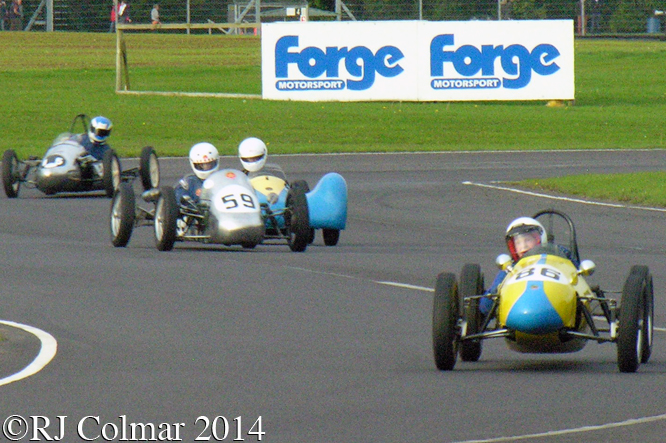
Regular readers may remember that at the beginning of the season I attended the VSCC Spring Start meeting at Silverstone where John Turner driving the #86 Cooper Mk 9 and Richard Bishop Miller driving the #57 Revis ended up in hospital. It was great to see both drivers going at it hammer and tongs with their repaired steeds at Castle Combe. On this occasion John finished 6th Richard 8th with Xavier Kingsland in the Staride Mk 3 I looked at last week 12th.
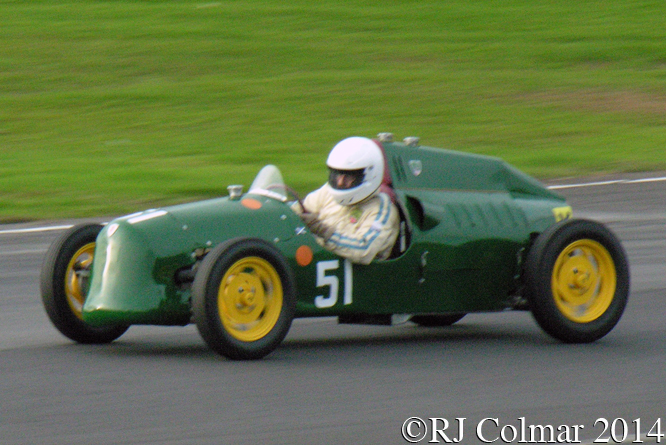
16 different manufacturers were named on the entry list many vehicles were unique others, like the Scottish built JP Mk 1 driven by Alan Croft above, went into production.
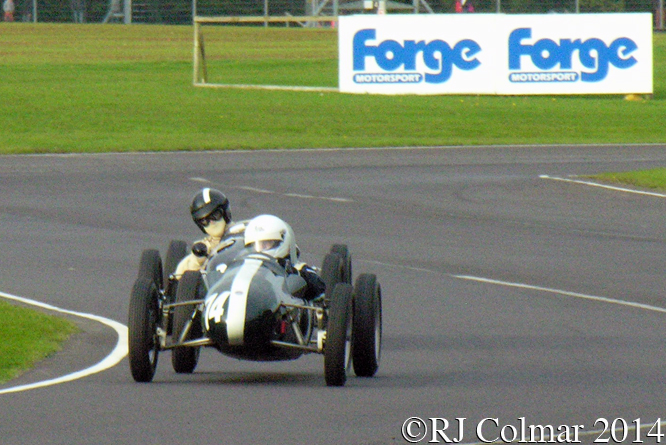
The BACMSC Challenge Trophy race was won by Steve Jones aboard his Cooper Mk X by just over half a second from George Shackleton, seen popping his head out as they enter Old Paddock, who was driving a Cooper Mk 8.
Thanks for joining me on this “BACMSC Challenge Trophy” edition of “Gettin’ a li’l psycho on tyres” I hope you will join me again tomorrow when I’ll be looking at another ERA. Don’t forget to come back now !


